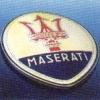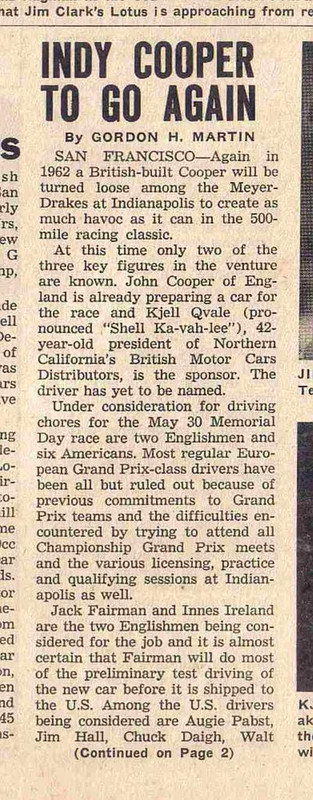Back to Tim' s point about DSG and Lotus, Dan already had a relationship with ACBC as the 19B which Len drew up was a bespoke special, just for Gurney, but the cruncher was Dan's vision in realising just what a special concept the design of the 25 was and it was that which made him realise that that was the thing to have, plus ISTR he had raced the rear engined John Zink Trackburner Spl at Indy already so knew the merit of the engine behind you. I doubt Coopers could have done the job that he wanted.
Gurney possibly already had Ford connections, what year was his Lafayette Brothers stock car, and Ford were already embarking on their Fordsport Performance programme?. What year were the stock cars capped at four hundred bhp and engine capacity?. They may have been looking for new sales opportunities.
I recall cars running with x x x cu in on the bonnet decals etc.
I think most of this is in the Lotus books.
Roger Lund
On Peter's point about the Godiva, I was talking some years ago about something else to the chap who did the machine work and he said it was a straightforward job, although he worried about possible balance issues. One problem was that it was a shoestring job. I don't think Emery actually owned the engines. I heard from the man doing the work that John Willment was involved along the line, unconfirmed, as I have mentioned before, but I understood another chap owned them, name forgotten but would probably remember if I saw it and Emery never had any real money. Peter probably knows the name......
With the 2.75 FPF was it not fitted with a spacer plate under the block to accommodate the stroke or something? It is probably in Wally Hassan's book, so capacity will as very finite, money notwithstanding.
What did Bob King do for mods as I recall he offered those large FPFs mid 60s?
Edited by bradbury west, 30 August 2018 - 11:36.
























